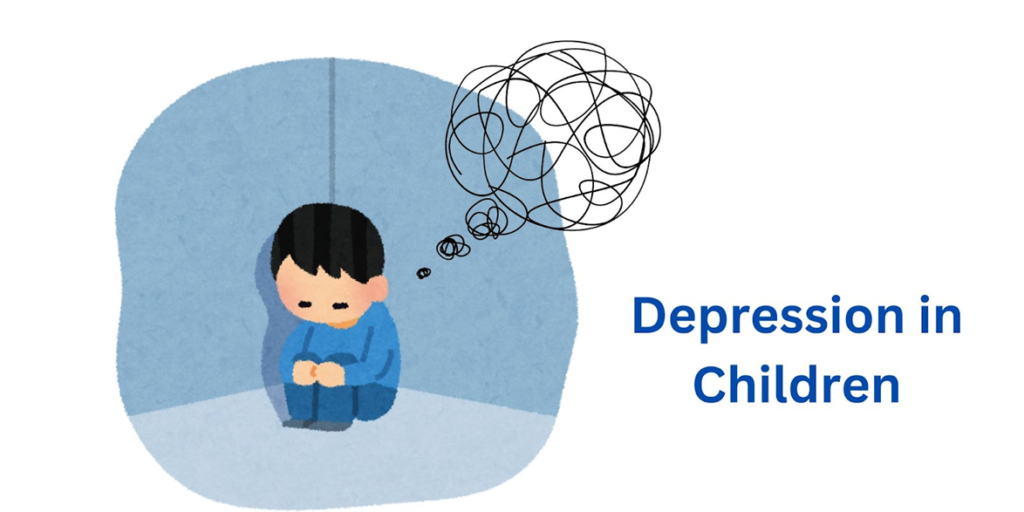Depression is often perceived as an “adult problem,” but children, too, can experience deep emotional distress. Unlike adults, children may not have the vocabulary to express their feelings, making childhood depression a silent struggle that is frequently misunderstood or overlooked.
What is Childhood Depression?
Childhood depression is more than just occasional sadness or mood swings. It is a persistent state of emotional distress that affects a child’s thoughts, feelings, and behavior. While all children experience ups and downs, a child with depression may seem stuck in a state of hopelessness, affecting their daily functioning, school performance, and social interactions.
Signs and Symptoms
Depression in children can manifest differently than in adults. Some key signs to watch for include:
- Persistent Sadness: The child seems down or irritable most of the time.
- Loss of Interest: Activities that once brought joy no longer appeal to them.
- Changes in Appetite and Sleep Patterns: Sleeping too much or too little, overeating or not eating enough.
- Fatigue and Low Energy: The child often seems tired and unmotivated.
- Difficulty Concentrating: Trouble focusing on schoolwork or making decisions.
- Social Withdrawal: Avoiding friends, family, or social activities.
- Feelings of Worthlessness or Guilt: Expressing self-doubt or blaming themselves for minor mistakes.
- Physical Complaints: Frequent headaches, stomach aches, or other unexplained body pains.
- Thoughts of Death or Suicide: Talking about wanting to disappear or self-harm (requires immediate professional help).

Why Does Childhood Depression Occur?
Depression in children is influenced by a combination of factors:
- Biological Factors: Genetics play a role; children with a family history of depression are more vulnerable.
- Psychological Factors: Low self-esteem, perfectionism, or a tendency toward negative thinking can contribute.
- Environmental Factors: Stressful home environments, bullying, academic pressure, or major life changes (like parental divorce) can trigger depression.
- Medical Conditions: Some medical issues, including nutritional deficiencies (such as low vitamin B12 or omega-3 levels), can contribute to depressive symptoms.
How to Help a Child with Depression
If you suspect a child is struggling with depression, early intervention is crucial. Here’s how parents, teachers, and caregivers can support them:
- Listen Without Judgment: Allow the child to express their feelings without dismissing or minimizing them. Avoid phrases like “You’ll be fine” or “It’s just a phase.”
- Encourage Healthy Routines: A balanced diet, adequate sleep, regular exercise, and reduced screen time can positively impact mood.
- Promote Emotional Expression: Encourage the child to express their feelings through storytelling, art, or journaling.
- Reduce Stressors: Identify and address school pressures, family conflicts, or social struggles that may be contributing.
- Seek Professional Help: Consulting a child psychiatrist or therapist is essential if symptoms persist. Treatments like therapy (CBT, EMDR) and, in some cases, medication can be highly effective.
Breaking the Stigma
Childhood depression is often misunderstood, leading to delays in seeking help. Some parents worry about labeling their child or believe that children “don’t get depressed.” However, untreated depression can lead to long-term consequences, affecting academic success, relationships, and overall well-being. The sooner it is addressed, the better the outcome.
Final Thoughts
Depression in children is real, but so is recovery. With awareness, timely intervention, and a strong support system, children struggling with depression can regain their happiness and thrive. If you notice any signs in a child, don’t hesitate to reach out for professional help—it could make all the difference in their life.
